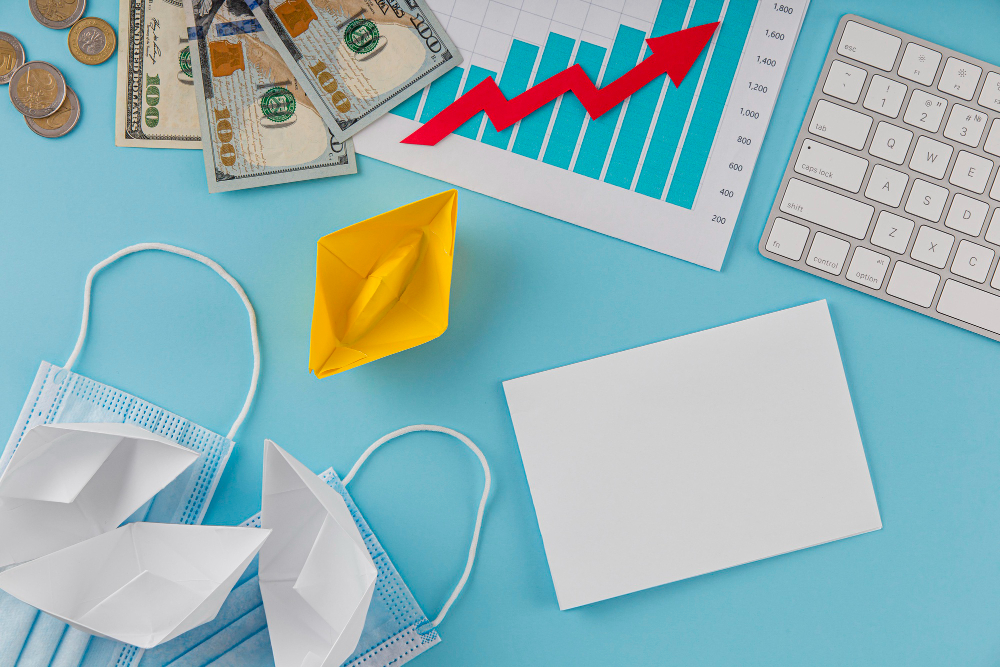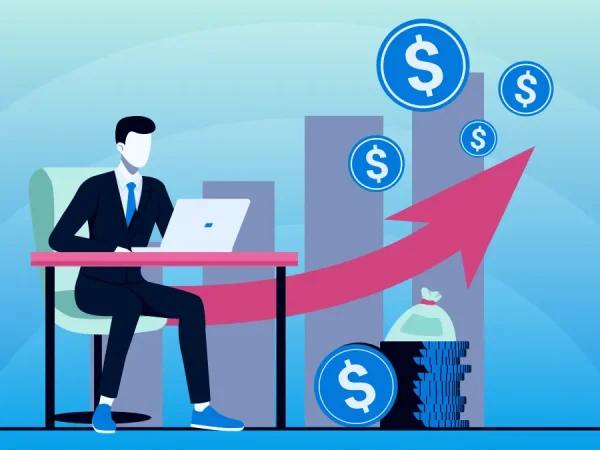The Impact of Inflation on Your Finances: Protecting Your Purchasing Power

Inflation is an economic phenomenon that affects the purchasing power of individuals and the overall economy. It refers to the general increase in prices of goods and services over time, resulting in the reduction of the value of money. While inflation is a natural part of a growing economy, its impact on personal finances can be significant if not managed properly. This article explores the effects of inflation on individuals’ financial well-being and provides strategies to protect their purchasing power.
Understanding Inflation and Its Causes
What is Inflation?
Inflation is the rate at which the general level of prices for goods and services rises, leading to a decline in the purchasing power of a currency. Central banks and governments aim to maintain a moderate level of inflation, typically around 2% to 3% per year, as it is considered conducive to economic growth. However, when inflation rates become too high or erratic, it can cause uncertainty and disrupt economic stability.
Causes of Inflation
Several factors contribute to inflation, and they can be broadly categorized into demand-pull inflation and cost-push inflation.
Demand-Pull Inflation
Demand-pull inflation occurs when the demand for goods and services exceeds their supply. This usually happens during periods of robust economic growth, low unemployment rates, and increased consumer spending. As demand rises, businesses may increase prices to match the higher demand and maintain profitability.
Cost-Push Inflation
Cost-push inflation results from an increase in the production costs of goods and services. Factors like rising raw material prices, labor costs, or energy expenses can force businesses to raise their prices to preserve profit margins.
The Impact of Inflation on Personal Finances
Erosion of Purchasing Power
The most significant impact of inflation on individuals is the erosion of purchasing power. As prices rise, the same amount of money can buy fewer goods and services. This reduction in purchasing power can adversely affect consumers’ ability to afford essential items and lead to a decreased standard of living.
Effect on Savings and Investments
Inflation can also erode the value of savings and investments over time. For example, if the inflation rate is higher than the interest rate on a savings account, the real value of the savings decreases. Similarly, fixed-income investments like bonds may offer nominal returns that do not keep up with inflation, resulting in negative real returns.
Impact on Borrowers and Debt
While inflation can be detrimental to savers, it can have a positive impact on borrowers. As the overall price level increases, the value of money decreases. Consequently, borrowers may find it easier to repay their debts with money that is worth less than when they initially borrowed it.
Effect on Retirement Planning
Inflation poses a unique challenge for retirement planning. When planning for retirement, individuals must consider that the cost of living is likely to increase over time. Failing to account for inflation in retirement savings and investment strategies can lead to inadequate funds in the later stages of life, putting retirees at risk of financial insecurity.
Strategies to Protect Purchasing Power
Diversify Investments
Diversifying investments is a crucial strategy to combat the impact of inflation. Different asset classes, such as stocks, real estate, commodities, and inflation-protected securities like Treasury Inflation-Protected Securities (TIPS), can provide a hedge against inflation. Stocks, for instance, tend to outperform inflation over the long term, while real estate can appreciate in value with inflationary pressures.
Invest in Inflation-Indexed Bonds
Inflation-indexed bonds, like TIPS, are specifically designed to protect against inflation. The principal value of these bonds adjusts with changes in the Consumer Price Index (CPI), ensuring that the investor receives a fixed real rate of return. By including these bonds in a diversified portfolio, investors can safeguard their purchasing power.
Increase Income-Generating Assets
Investing in income-generating assets, such as dividend-paying stocks or rental properties, can provide a steady stream of cash flow that may keep pace with inflation. Unlike fixed-income assets, which may offer a constant nominal return, income-generating assets have the potential to increase their yields over time.
Consider Variable-Rate Debt
For individuals with outstanding debt, especially long-term debt like mortgages, considering variable-rate debt might be beneficial during inflationary periods. Variable interest rates are often tied to prevailing market rates, meaning that borrowers could pay lower effective interest rates if inflation pushes interest rates higher.
Regularly Review and Adjust Financial Plan
As inflation is an ever-changing economic variable, it’s essential to regularly review and adjust your financial plan to account for its impact. This includes reassessing your budget, savings goals, and investment strategies to ensure they align with the prevailing economic conditions.
Conclusion
Inflation is a fundamental economic force that influences the financial well-being of individuals and businesses alike. Its effects on personal finances can be far-reaching, from eroding purchasing power to affecting retirement planning and investment returns. However, with informed strategies and prudent financial decisions, individuals can protect their purchasing power and mitigate the impact of inflation on their financial goals.
FAQs
Q 1: How can I protect my savings from inflation?
To protect your savings from inflation, consider investing in assets that tend to outpace inflation, such as stocks, real estate, and inflation-protected bonds like TIPS. Diversifying your investments and regularly reviewing your financial plan can also help preserve the value of your savings.
Q 2: Is inflation always a bad thing for the economy?
While high and volatile inflation can be harmful to an economy, moderate and stable inflation is generally considered healthy. A mild inflation rate encourages spending and investment, supports wage growth, and prevents deflationary pressures that can hinder economic growth. Central banks aim to maintain a target inflation rate that promotes economic stability and growth.











